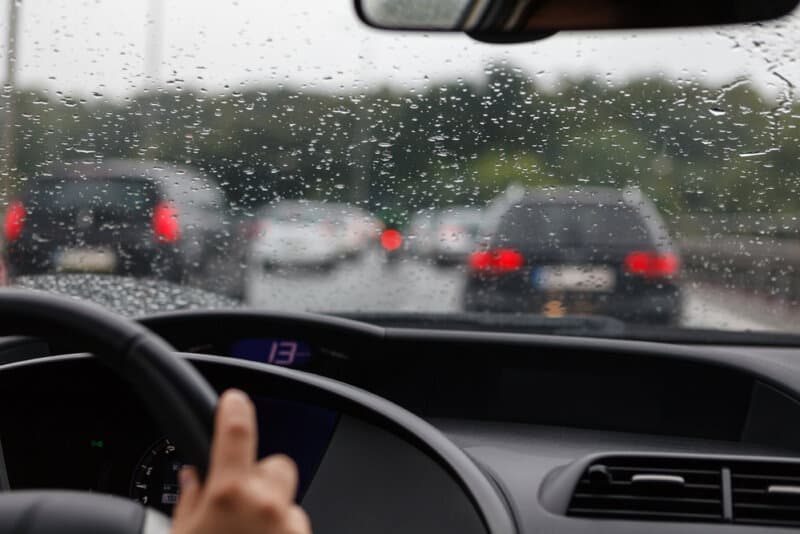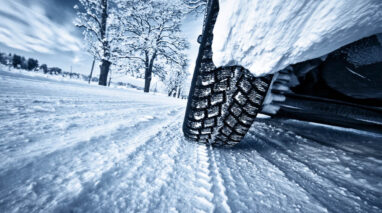Blog
Is Driving in the Rain Dangerous?

Here in the Pacific Northwest, rain is a pretty common occurrence. But how does it affect your driving? Unsurprisingly, statistics show driving in the rain is the deadliest weather-related factor when it comes to car crashes — even more deadly than winter weather.
Just How Deadly Is Driving in the Rain?
The Federal Highway Administration notes that there were 556,151 crashes in the rain between 2007 and 2016. That accounts for 10% of all vehicle crashes and 46% of weather-related crashes. In those crashes, a whopping 212,647 people were injured. And unfortunately, 2,473 people were killed.
These numbers aren’t counting times when the pavement is wet from a previous rain shower. When we factor in those conditions, there were 860,286 total crashes and 4,050 total deaths. In total, wet pavement and rain account for 76% of all weather-related fatalities.
Why Is Driving in the Rain so Dangerous?
There are many reasons why driving in the rain isn’t as safe as a dry and sunny day. First, as the road gets wet, it becomes harder for your tires to maintain traction. Even just a thin layer of water can make asphalt extremely slippery, meaning it will be harder for you to stop. When water starts to pool on the road and in puddles, this can cause a dangerous phenomenon known as hydroplaning. This is when you start to skid out of control and can lead to you crashing into other cars or an embankment.
Second, rain makes it harder to see the road in front of you. When there’s a big downpour, you may not be able to see road signs, road lines, or even the cars in front of you. You may not have a chance to stop in time if there’s an obstacle in your path.
Tips for Staying Safe in the Rain
There are several things you can do to improve your safety when driving in the rain, including:
- Go slower. The slower you’re going, the easier it will be to stop if you lose traction.
- Maintain a safe distance from other drivers. Tailgating is never a good idea, but especially not when your stopping speed and visibility are in jeopardy.
- Turn on your lights. Using your lights may help you see better, and at the very least, it can help other cars see you better.
- Maintain your wipers. Having good wipers is key to seeing well in the rain.
Don’t let the statistics scare you! As long as you’re cautious and follow the above safe-driving tips, you should be able to drive in the rain without a problem. And just in case you are in an accident, make sure you have quality auto insurance from Vern Fonk.
Works Cited
“How Do Weather Events Impact Roads?” Federal Highway Administration, 20 Feb 2020, https://ops.fhwa.dot.gov/weather/q1_roadimpact.htm.


